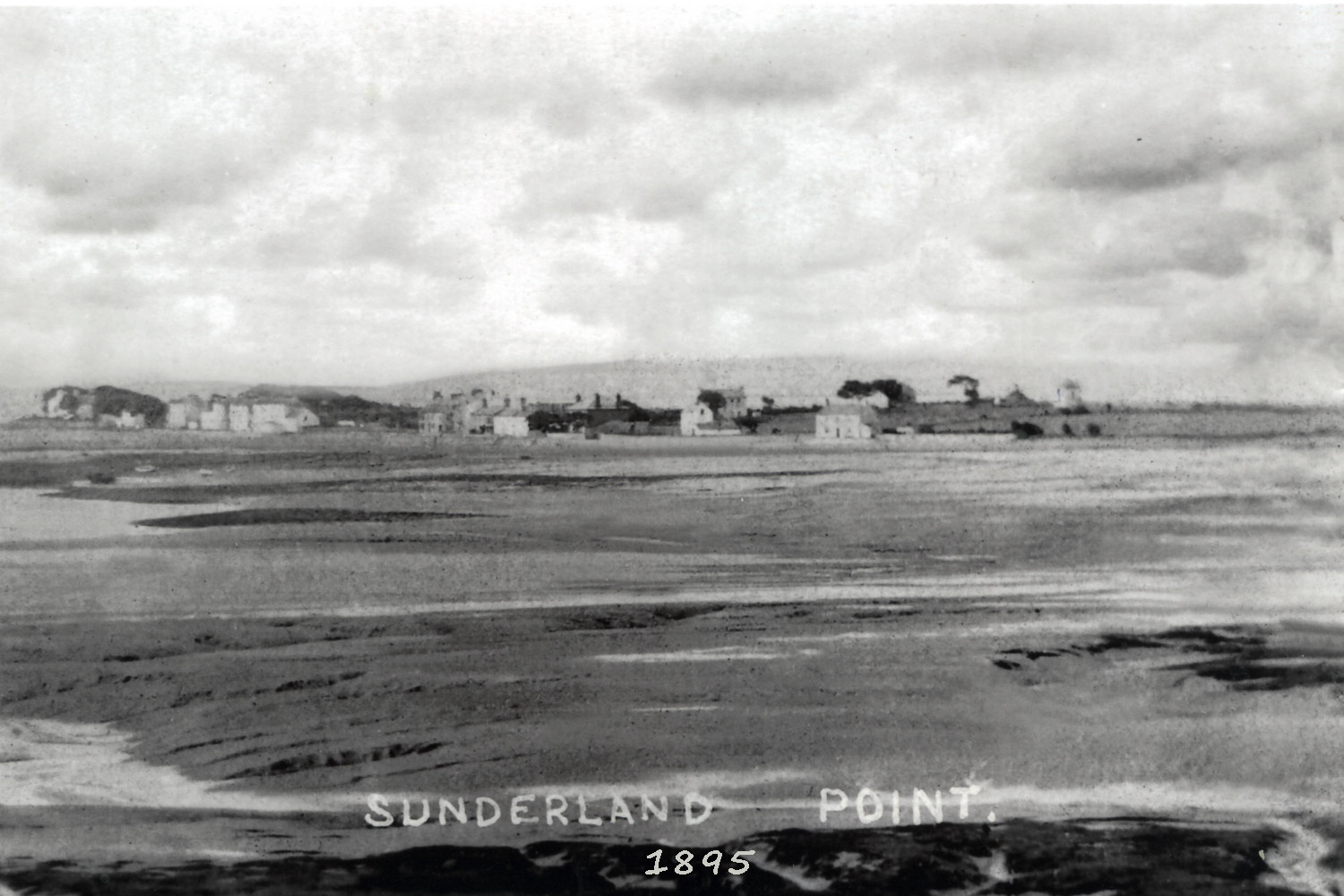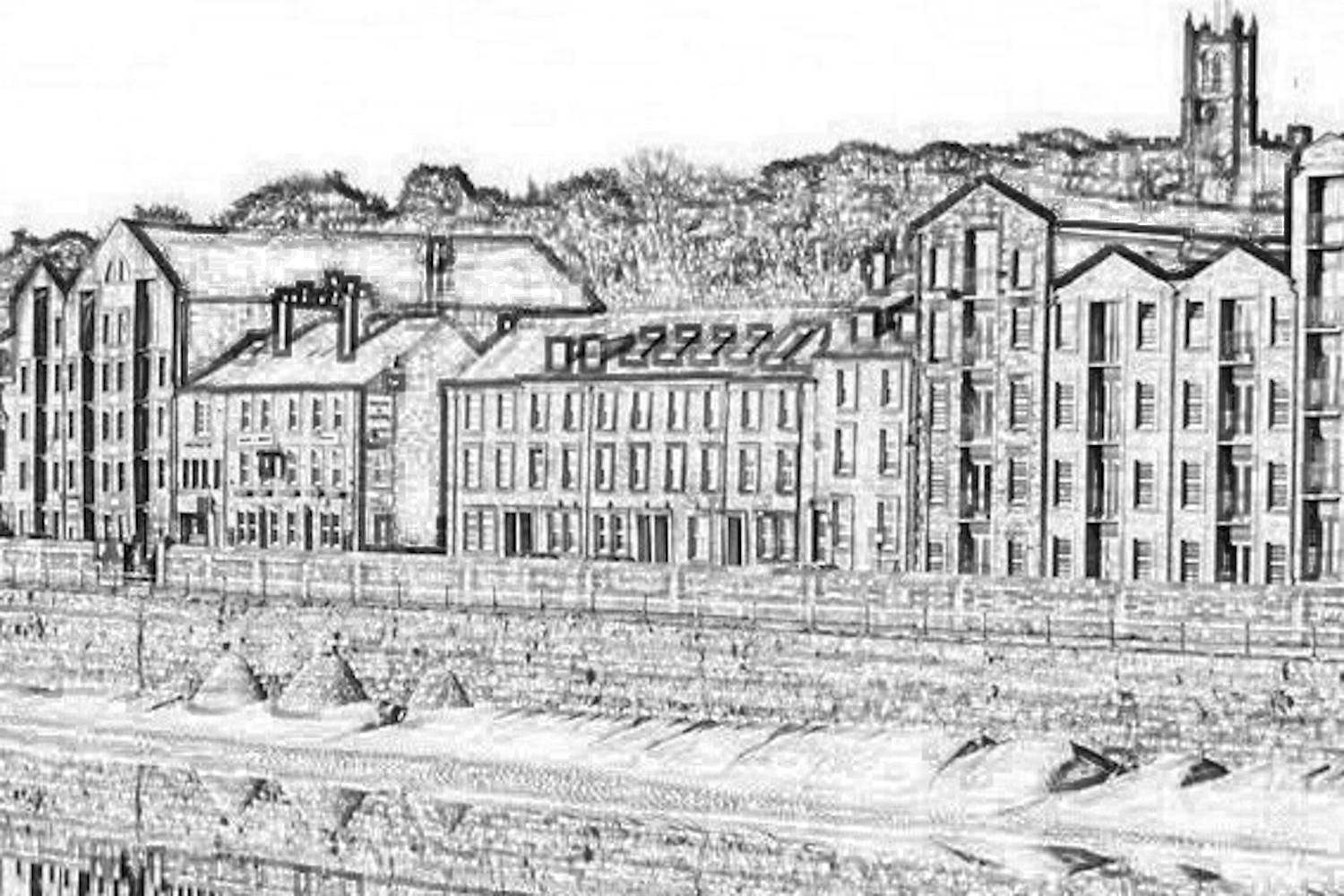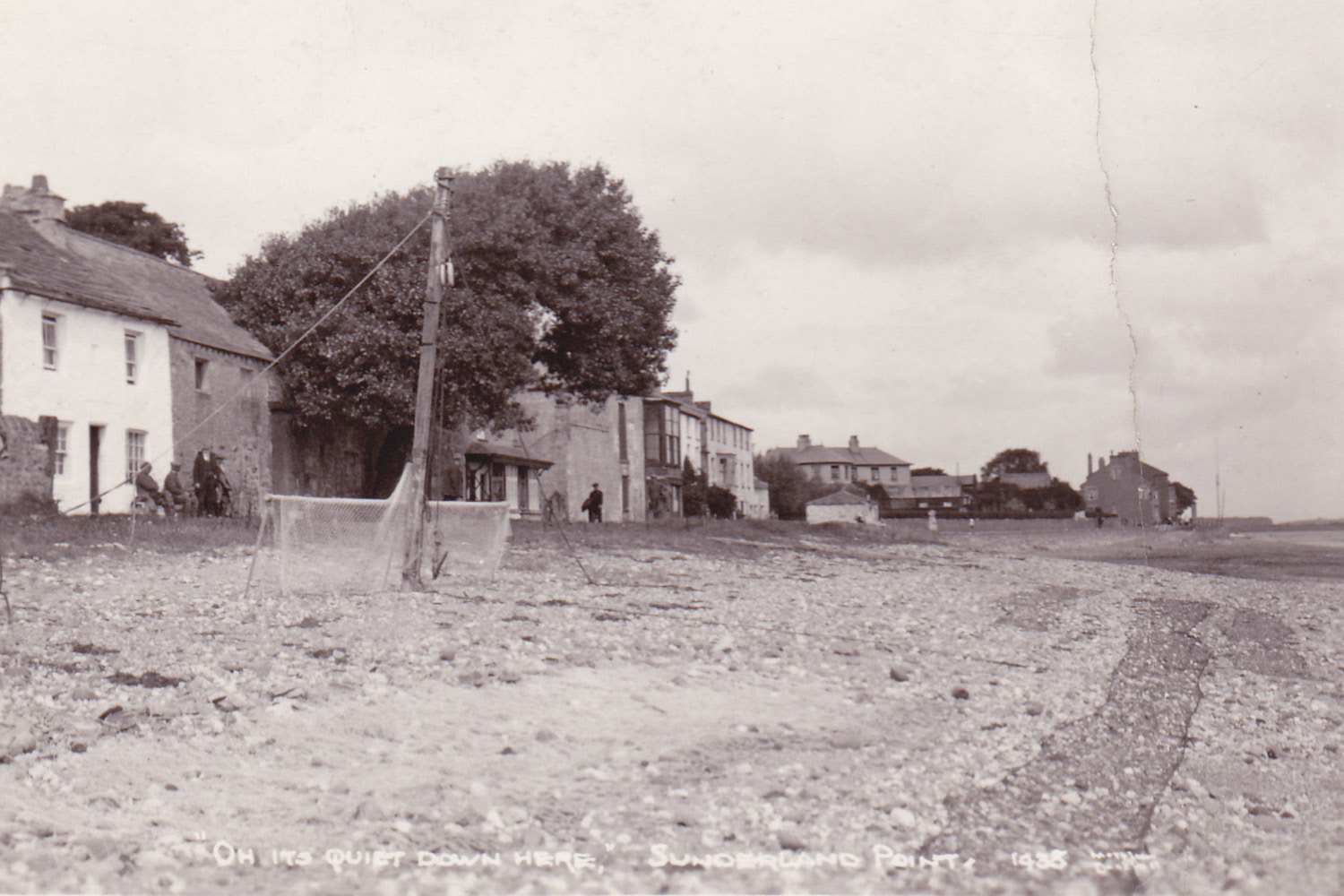

History
The story of Sunderland Point goes back a long way. Prior to the Norman Conquest, little is known, but inevitably both Romans and Vikings will have sailed past or even stepped ashore whilst waiting for the tide to take them up river.
In 1066 Earl Tostig held the manor of Overton of which the southern part was Sunderland. Perhaps because of its inaccessibility due to the ‘the place being surrounded by the flowing sea twice in twenty-four hours’ it acquired its name of ‘that land set asunder’. Apart from being mentioned as a fishery, it appears that at Sunderland some land was wasted due to the ingress of the sea and it was ‘left mainly to the coneys’.

It was the establishment in 1680 of Sunderland as a legal quay that saw its development as the Port for Lancaster. The first recorded voyage from Lancaster to the West Indies was that of ‘The Lambe’ which went to Jamaica and back in 1687. As trade with the Indies increased, an enterprising Lancaster merchant, Robert Lawson, built most of what we see here today between the years 1715-1720, including two large warehouses, (on Second Terrace) an anchor smithy, blockmaker’s shop and a rope walk. All the equipment needed for the building and fitting out of ships could now be done here at Sunderland. Between the years 1715 and 1730, ten ships were built at Lancaster and Sunderland Point.

In the period from 1722 to 1751 trade really began to accelerate and in 1779, 64 ships arrived at Lancaster from overseas, although not all were from the West Indies.
However, the development of St Georges Quay at Lancaster and the opening of Glasson Dock in 1787, together with the growth of Liverpool heralded the rapid decline of Sunderland and by 1830, all trade with the Indies had finished .

Following its decline as a port, the village became ‘much resorted to for sea bathing’ along with many other resorts along the coast. However, due to the difficulties in reaching this remote outpost, its popularity wained and fishing and farming became the dominant occupations.
In the summer, to supplement their income, some residents rented their homes out to holiday-makers whilst they, the normal occupants, took to camping out in the fields.
